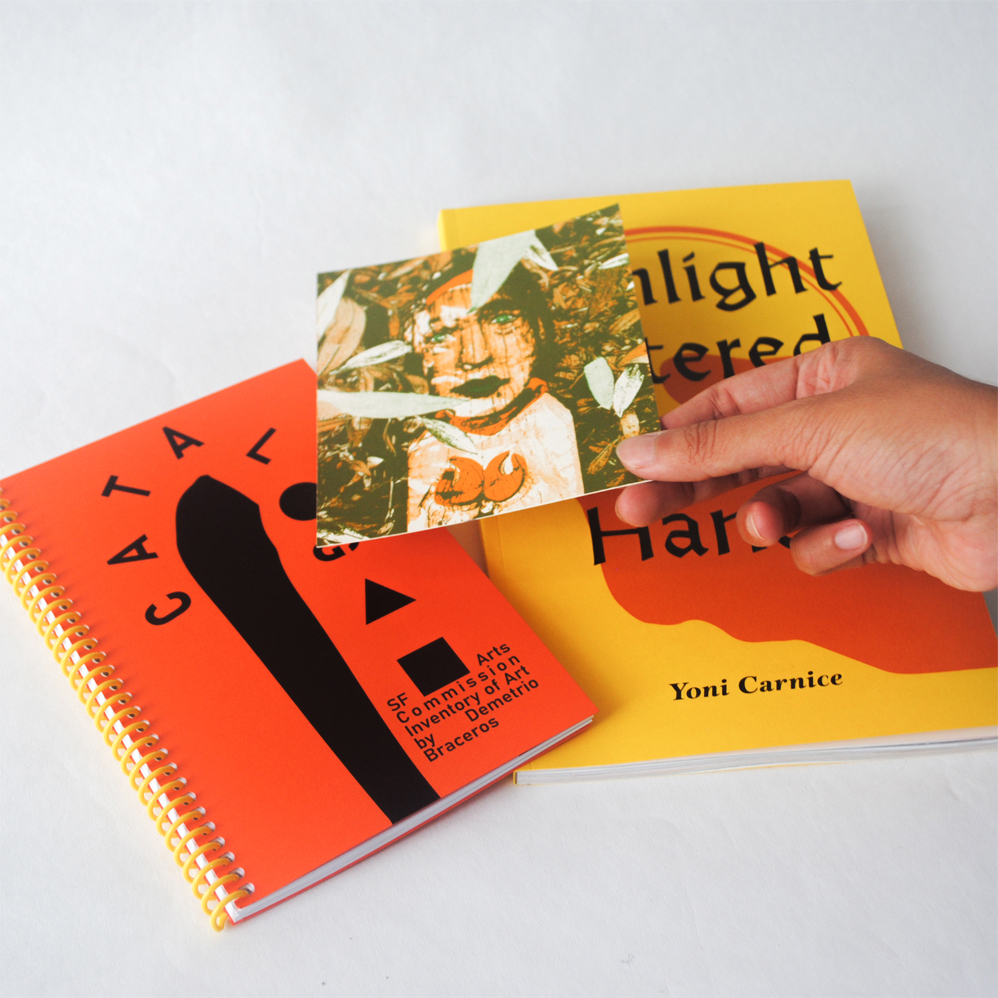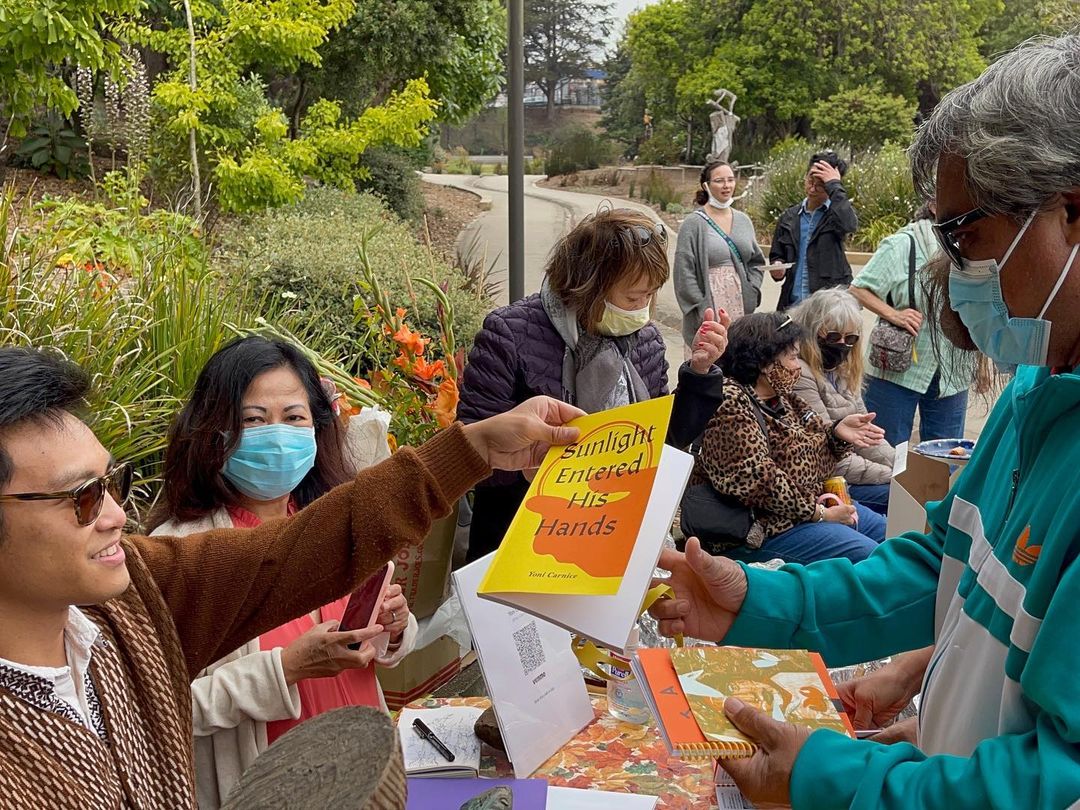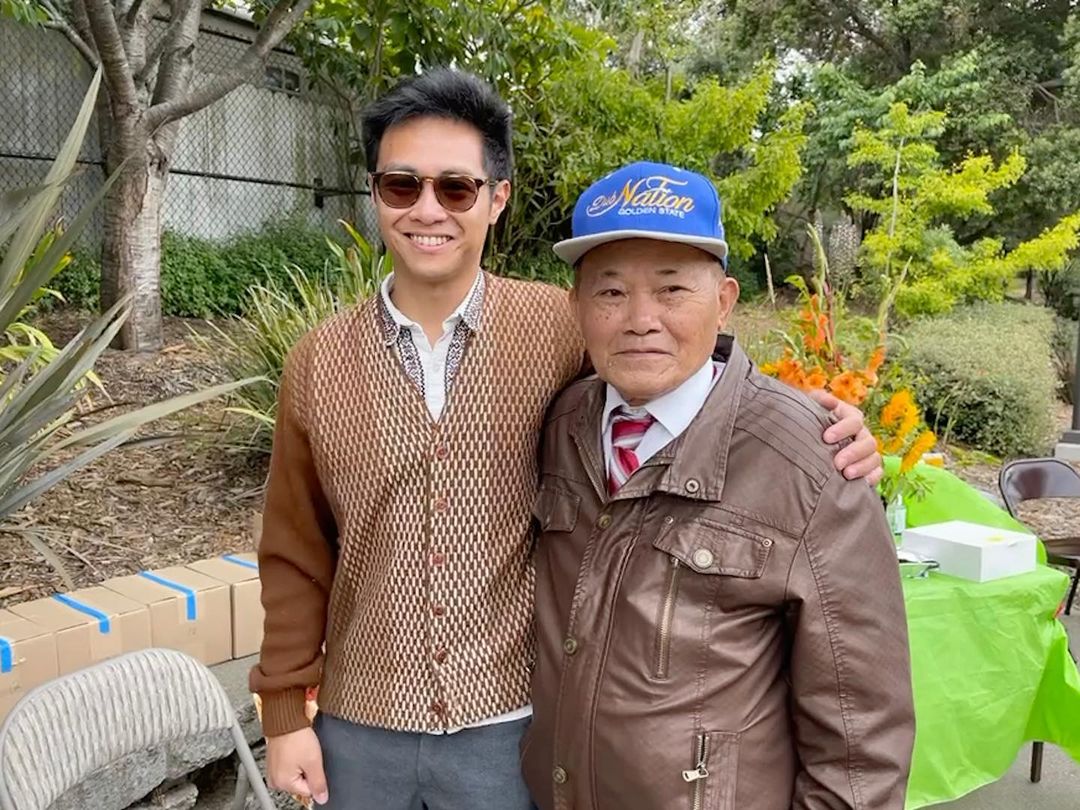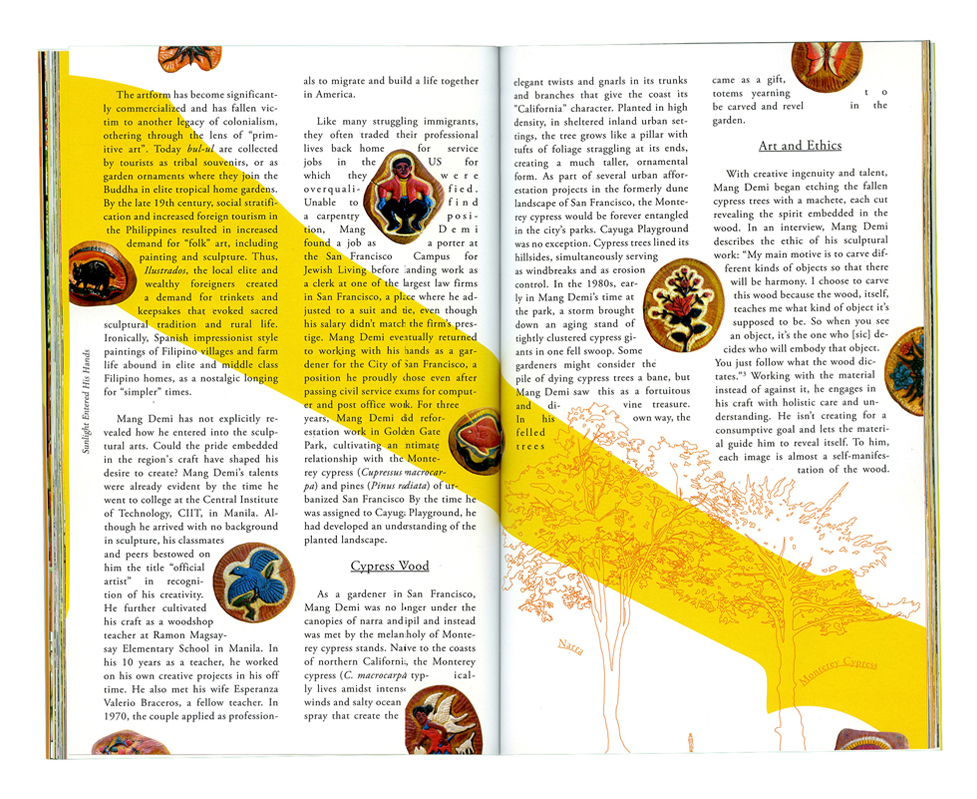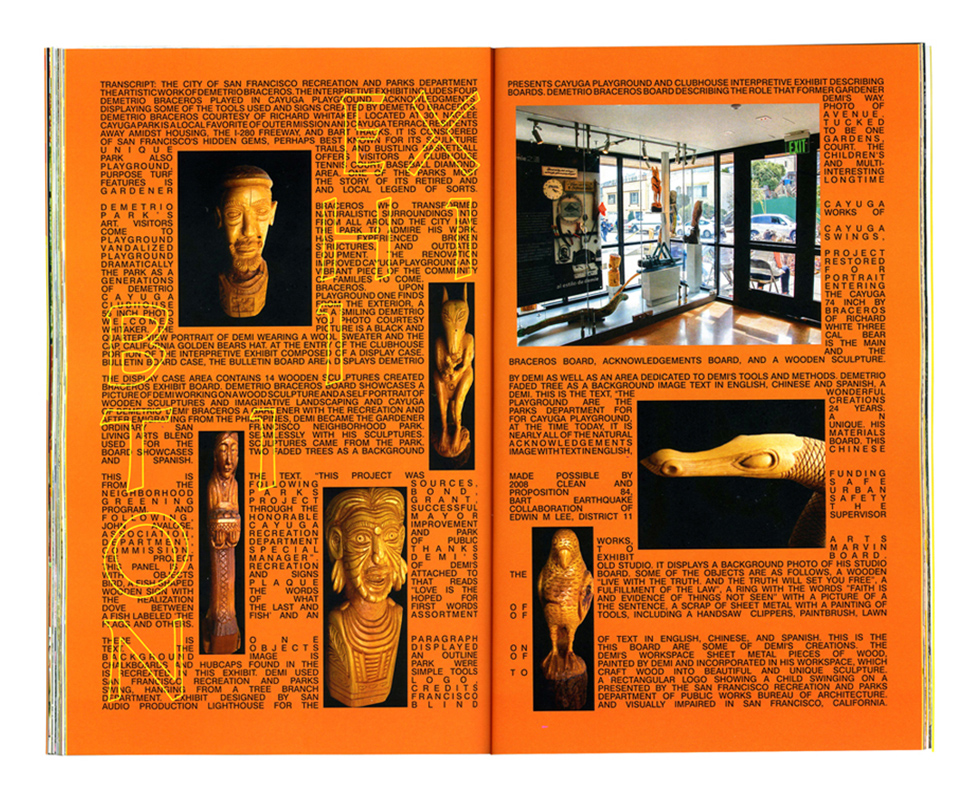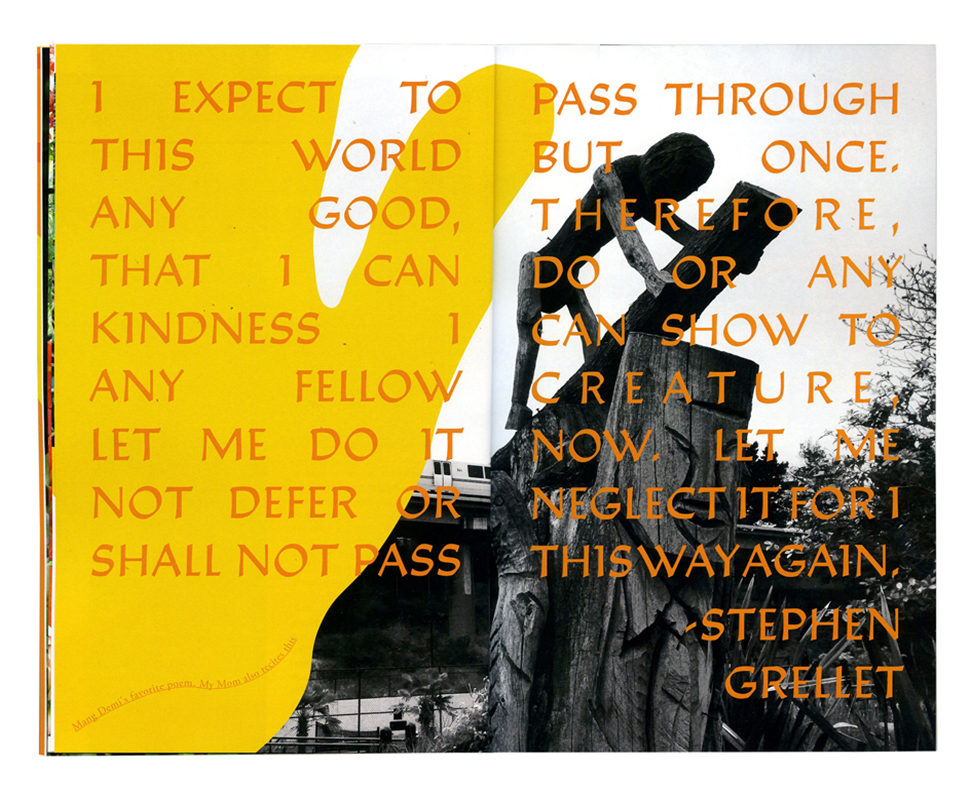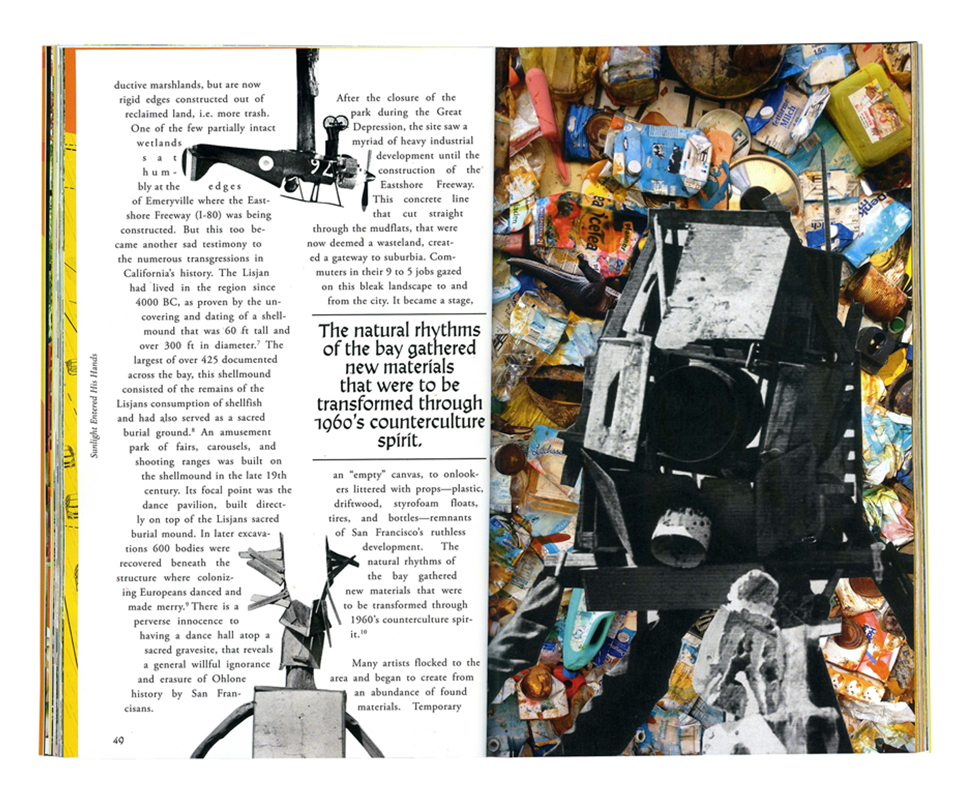When Yoni Angelo Carnice (MLA ’20) first visited Cayuga Playground in San Francisco, he was struck by a wooden sculpture of a woman dressed in the traditional Filipino Maria Clara gown, with a graceful elegance that reminded him of his grandmother. The distinctively personal atmosphere of the park stayed with Carnice, and later became the basis of his year-long research project, “Eden of the Hinterlands: Reclaiming Asian-American Garden History,” under the Douglas Dockery Thomas Fellowship in Garden History and Design, sponsored by the Garden Club of America and the Landscape Architecture Foundation.
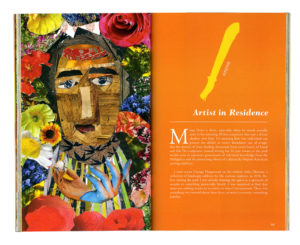
Before coming to the Harvard Graduate School of Design, Carnice worked in ecological restoration and climate-based policy work. “I was doing very regimented invasive plant removal, and planting native plants, in a more binary way.” He sought a more fluid, holistic approach to landscape architecture. His time at the GSD and his experience at Cayuga Playground, which “weaves landscape narratives, plants, and architecture together in a beautiful way,” was a revelation. Located in the Outer Mission district, it is an unexpected, idiosyncratic gem in a city dominated by “mow and blow” parks. And it is largely the work of one man, Demetrio Braceros, a Filipino immigrant who became Cayuga’s gardener in 1986.
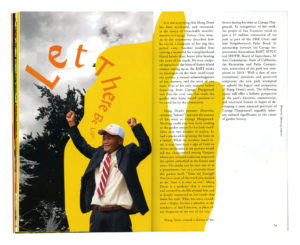
Over 23 years, Braceros devoted himself to the park, often cultivating plants at home before bringing them to work. On lunch breaks, he carved hundreds of sculptures from cypress wood, acting as artist, craftsman, and gardener. “Because of Braceros’s care and attention,” Carnice says, “he shifted the park into something the community valued.”
The American immigrant dream is often defined as settling into one’s own house and garden. Cayuga Playground represents a different kind of dream, where an immigrant gardener can cultivate a community space that represents his own Filipino American heritage. A Virgin Mary sculpture evokes Filipino Catholic traditions; a sculpture of Barry Bonds, who played on the San Francisco Giants, celebrates San Francisco sports. “You can see that his joy of being an American, of being Filipino, of being a part of this community—it’s all physically represented in the landscape,” Carnice says.
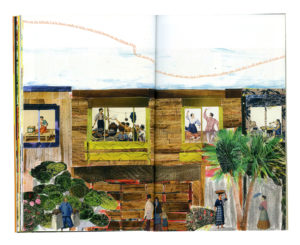
The park is also a testament to the potential for landscape architecture to activate and sustain community. Braceros’s sculptures included memorials for neighborhood friends (and dogs) who passed away. “His art,” Carnice writes, “comes out of a Filipino sense of duty to cultivate familial relationships with those around you.” Braceros’s generosity and care is reflected in the community’s love for the garden, which Carnice experienced firsthand when beginning his research. “The scale of the project was going to be very small,” Carnice reflects. “But as the work started to expand and more and more excitement was generated around it, I realized it was becoming a lot bigger.” Since Braceros’s retirement in 2008, community members have been active advocates of Cayuga Playground.
[Video Description: Hands open and flip through a package containing a postcard, catalog, and the book Sunlight Entered His Hands.]
Their stories are part of Carnice’s publication, Sunlight Entered His Hands, an exuberant and intimate history of the park and the community’s ongoing preservation efforts. The book is “for the community, first and foremost,” Carnice says. “Design work often feels very extractive: you go into a community, get something there, and present [it back] to a very small design audience.”
An extractive approach was inadequate here, where community members were as generous to Carnice’s work as Braceros was to them. Instead, Carnice printed copies of his book for a community event in early July, which brought the community together after a difficult, isolating year of COVID-19. It was both a joyful and difficult commemoration, as the garden has changed significantly since Braceros’s retirement.
“The horticultural paradox of the garden is fascinating to me,” Carnice says. Braceros’s ornamental horticulture approach brought together tropical and Mediterranean plants in a vivid, improvisational planting. But the use of water-intensive hydrangeas posed a problem. The hydrangeas are a living symbol of the community’s cultural memory: a beloved community member passed away while tending to them, and for Carnice, hydrangeas are particularly evocative of an older Asian community and their gardening practices. But nearly all of them have been removed by the park’s new gardener.
Carnice is sensitive to the difficulties of the city’s restoration efforts, having talked to both city employees and community members. But his research has convinced him of the need to fuse ecological and aesthetic concerns together. “These [sculptures], these landscapes, are a manifestation of the community,” he says. As the community and city consider preservation of objects and place (physically restoring Braceros’s wooden sculptures, questioning how to restore or depart from the original planting plan), Carnice thinks about how to preserve the cultural and institutional memory of Cayuga Playground. “I wanted the book to be a representation of different ways to look at preservation: through interpretation, memory, writing.”
Sunlight Entered His Hands reflects Carnice’s commitment to a deeply personal approach to landscape architecture, one that shifts between different scales and mediums. “Right now I’m designing a botanical garden—but then I might be making collages for another project, or planting someone’s garden, or writing about another person’s garden.” And Carnice’s next project involves a shift in geography: working with Soft Spot, a spatial design collective, in the Philippines. What ties these projects together is Carnice’s dedication to landscape expression, no matter the form, and to centering alternative garden histories, like the work—and legacy—of Demetrio Braceros at Cayuga Playground.
